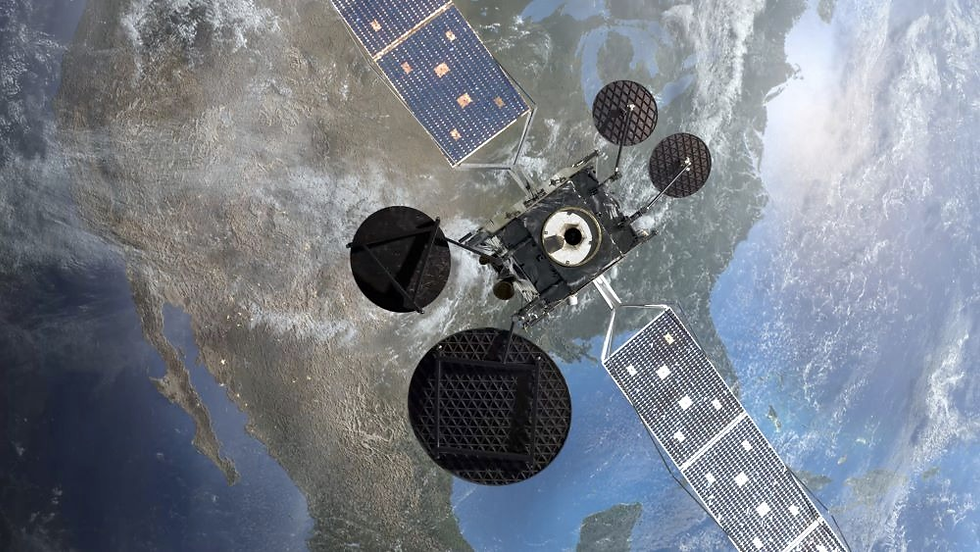China Detects Solid Iron-Nickel Core Inside Mars, Marking the First Discovery of Its Kind Beyond Earth
- Ritambhara K

- 1 day ago
- 2 min read

In a landmark discovery published in Nature on September 3, researchers led by Prof. SUN Daoyuan and Prof. MAO Zhu from the University of Science and Technology of China, together with international collaborators, have provided the first seismic evidence for a solid inner core (IC) on Mars. By analyzing data from NASA’s InSight mission, the team estimated the Martian inner core’s radius to be about 600 kilometers and found it to be composed mainly of a crystallized iron-nickel alloy enriched with light elements.
Peering into the Red Planet’s Deep Interior
Mars, a terrestrial planet much like Earth, holds vital clues to understanding planetary formation and evolution. Yet, studying its deep interior has long been a challenge. Even on Earth, the solid inner core’s existence—first proposed by Danish seismologist Inge Lehmann in 1936—was confirmed only half a century later.
Despite NASA’s InSight mission recording over a thousand marsquakes, the weak signals and high background noise have made deciphering Mars’s internal layers extremely difficult. This new research overcomes those hurdles by focusing on seismic events with high signal-to-noise ratios.
Uncovering Core-Crossing Seismic Waves
Using advanced seismic array analysis, the researchers examined 23 high-quality seismic events and identified crucial wave patterns that travel through Mars’s core. Among these were the PKPPKP (P′P′) and PKKP phases, which reflect from Mars’s antipodal surface and the core-mantle boundary (CMB), respectively.
When comparing observed seismic wave travel times to predictions from existing Martian models, scientists noticed that the PKKP phase arrived significantly earlier than expected. This suggested faster seismic velocities near the planet’s center—something that existing liquid-core-only models couldn’t explain.
Solid Inner Core Confirmed by Seismic Signatures
To resolve this discrepancy, the team introduced a model incorporating a solid inner core, which provided a better fit for the observed data. They also detected a distinct seismic reflection known as PKiKP, which bounces off the inner core boundary (ICB). The clear identification of PKiKP, along with consistent amplitude and polarity data, strongly supports the presence of a solid inner core within Mars.
By combining multiple seismic phase analyses, the researchers calculated the inner core’s radius at approximately 600 km. Across the ICB, they detected a 30% jump in seismic velocity and around 7% difference in density between the liquid outer core and solid inner core.
Insights into Mars’s Magnetic and Chemical Evolution
Further analysis revealed that Mars’s core is not composed purely of iron and nickel but contains 12–16% sulfur, 6.7–9.0% oxygen, and less than 3.8% carbon. This composition implies a core enriched in light elements, which may explain the evolution and eventual decline of Mars’s magnetic field.
A Milestone for Planetary Seismology
This study marks the first confirmation of a solid inner core in a planet other than Earth, showing that Mars experienced a similar core-mantle differentiation process. The success of this seismic analysis underscores the growing potential of planetary seismology for future missions—opening new opportunities to explore the deep interiors of the Moon and other planetary bodies.



Comments